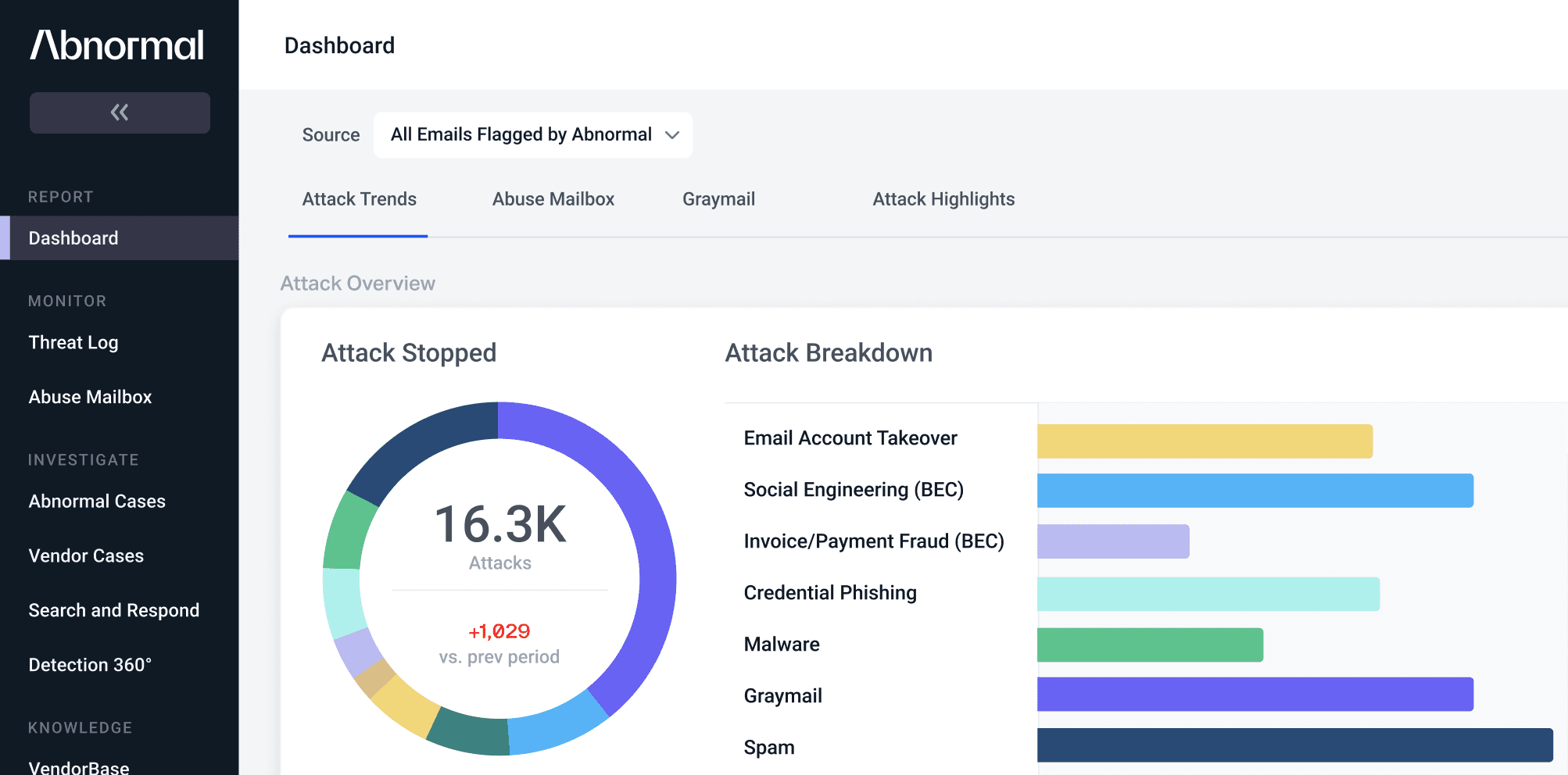Having Not Only Great Ideas, But Great Influence
If you’re a podcast fan and haven’t subscribed to Masters of Scale yet, I’d highly recommend it. Reid Hoffman, one of the most successful entrepreneurs and investors of our time—cofounder of LinkedIn and investor in companies like Facebook, Airbnb, and Zynga—is the host, and he shares useful advice in conjunction with high profile, interesting guest speakers who explain how to grow and scale companies. I particularly enjoyed this episode with Stacy Brown-Philpot, CEO of TaskRabbit, and former Senior Director, Sales Operations at Google, who spoke about the human element of leading teams.
Have you ever had a “lightbulb goes off” moment, where you’re struck with sudden inspiration on a solution to something your team is struggling with at work? Perhaps it’s a new project idea that better solves a customer need or improves the technical architecture and health of our internal systems. Or perhaps it’s a process or organizational improvement that would better streamline how our teams work and increase our overall focus, velocity, and quality.
Over the years, I’ve had many such ideas that I’ve executed, but very few successful attempts that were truly impactful, durable, and meaningful. One of the most disappointing feelings I experience as a leader is when I share something I’m convinced is a great idea, but am met with either resounding apathy and indifference, or overwhelming disagreement and conflict that prevents the team from coming together to taking action. In these moments, I am stuck as someone with potentially great ideas, but assuredly not great team influence.
I’ve found that reminding myself of the following advice helpful in those moments:
Choose to Be Effective, Not Efficient
You have 30 people you need to share a significant update with. That’s a lot of people, and a lot of individual conversations where the same information would need to be repeated over and over. You’re also very busy, and juggling many other priorities and escalations. Perfect solution: book one 30 minute meeting for all 30 attendees and update everyone at once! In one tidy 30 minute window, you’ve checked one task off your to-do list, and are ready to move on to the next task.
In reality, I’ve personally seen these meetings devolve very quickly. You get five minutes into your explanation and are interrupted with so many clarifying questions, objections, and protestations that lead to meandering rat hole discussions that you never complete your thoughts. The whole team leaves wondering what just happened, more upset about what they just heard than understanding what you wanted to communicate. Now I’ve created a new task of unwinding the damage I’ve just created in the meeting with all 30 attendees, which will definitely not be solved by solely organizing another 30 minute meeting.
In these times, I find it much more effective, and also much more time-consuming, to spend 1:1 time with key people to preview your ideas, hear their concerns and opinions, and incorporate their feedback as necessary. This takes a lot more time to execute but ultimately produces a higher quality work product. It also creates a private space for people to feel valued and heard, and they are invited to collaborate together on the final end output. This naturally creates co-ownership of the goal and solution, with vested interest in the ultimate success across multiple parties.
Conversely, that’s not to say that batch communication is never an efficient and effective tool. To determine which is better, I ask myself this question: Am I communicating to co-owners or to consumers?
If an idea critically depends on the involvement and co-ownership of others to pull off, it is critical to build consensus early and often. For example, rolling out a new standardized team design review process will require involvement and active ownership from technical leads and senior engineers on the team. If these members are not involved in the creation of the final review process, we run the risk of proposing something that they do not endorse or support, and ultimately will not stick or have any effect.
Note this is even more critical for cross-team projects and ideas, where one cannot rely on authority codified by an organizational chart. To contrast, imagine if the kitchen staff announced changes to lunch schedules and food offerings. In this case, I am primarily a consumer of a commoditized deliverable and do not need to be consulted or informed prior to those decisions being made.
Spark Inspiration and Creativity
Our job as leaders is not to drive our team members’ to-do lists and activities, but to spark their inspiration, creativity, and empowerment. Removing single points of failure and bottlenecks is a natural problem that engineers are constantly thinking about. The same thing applies to leading teams and people.
Our job as leaders is to create a team environment where one’s work is meaningful (for both the company and the individual) and appreciated. Challenging and empowering people with shared ownership of the problem and coming up with the right solution versus dictating and prescriptively telling takes more work and time to do, but is ultimately more fulfilling, durable, and scalable in the long run. Not only will the current problem be solved more effectively, but we’ll have also helped our team grow in skills and enthusiasm to better tackle future problems as well.
If you're curious about how these ideas play out in our work, check out our Careers page. We're hiring, and we'd love for you to join the team!
See the Abnormal Solution to the Email Security Problem
Protect your organization from the full spectrum of email attacks with Abnormal.

